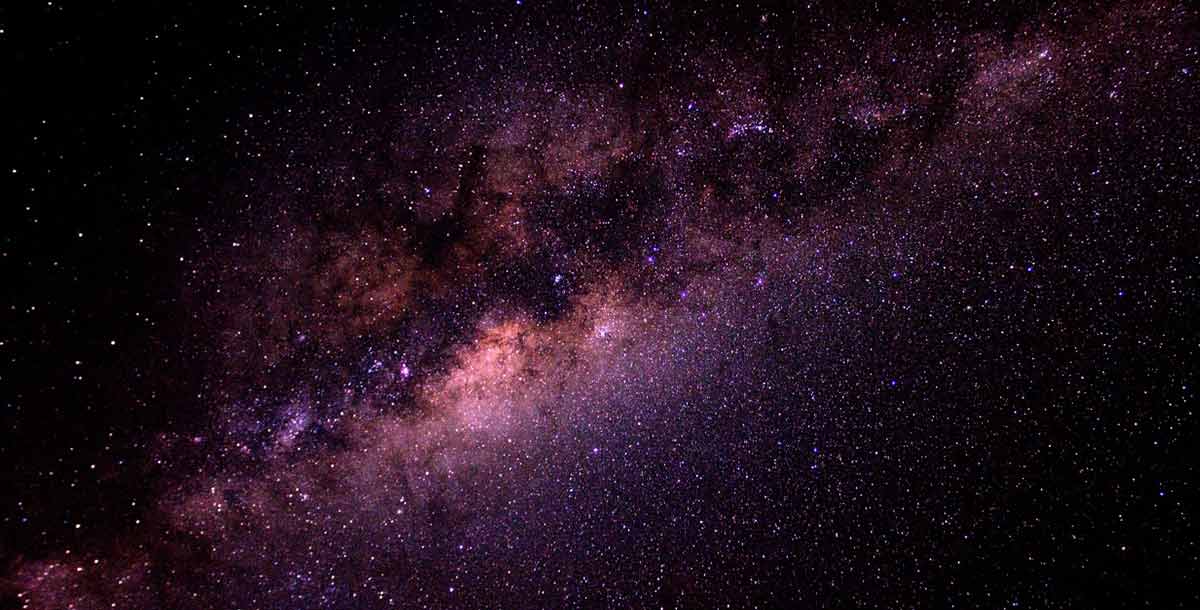Dark And The Dead

In our universe, there are two types of galaxies: live ones and dead ones. For two decades, scientists didn't understand what could possibly kill a previously thriving galaxy, but in 2017, research may be pointing to whodunit.
As recently as 2015, scientists had two theories for how galaxies die — that is, how they lose the hot, X-ray-spewing gas known as the intra-cluster medium, thereby halting the formation of new stars. One way was the gas being slowly choked off over time, in a process aptly dubbed as strangulation. The other was a quick death called ram-pressure stripping, in which the gas is violently torn away like dandelion seeds in a strong wind.
Research published in the journal Nature in 2015 found that the vast majority of galaxies (those up to 100 billion times heavier than the sun, or roughly 95 percent of the galaxies out there) died via strangulation. But in 2017, new research published in the Monthly Notices of the Royal Astronomical Society showed that ram-pressure stripping was more common than previously thought, affecting galaxy clusters both large and small.
Who's the Killer??
According to Toby Brown, lead researcher on the ram-stripping study, strangulation is more of a natural death. "Strangulation occurs when the gas is consumed to make stars faster than it's being replenished, so the galaxy starves to death," he said in a press release. "It's a slow-acting process."
Ram-pressure stripping, on the other hand, is a crime carried out by none other than dark matter. Galaxies are embedded in invisible halos of dark matter. As galaxies fall through these halos, the "superheated intergalactic plasma" between them quickly strip them off their star-forming gas, leaving them cold and lifeless. We find the defendant guilty as charged.
























































